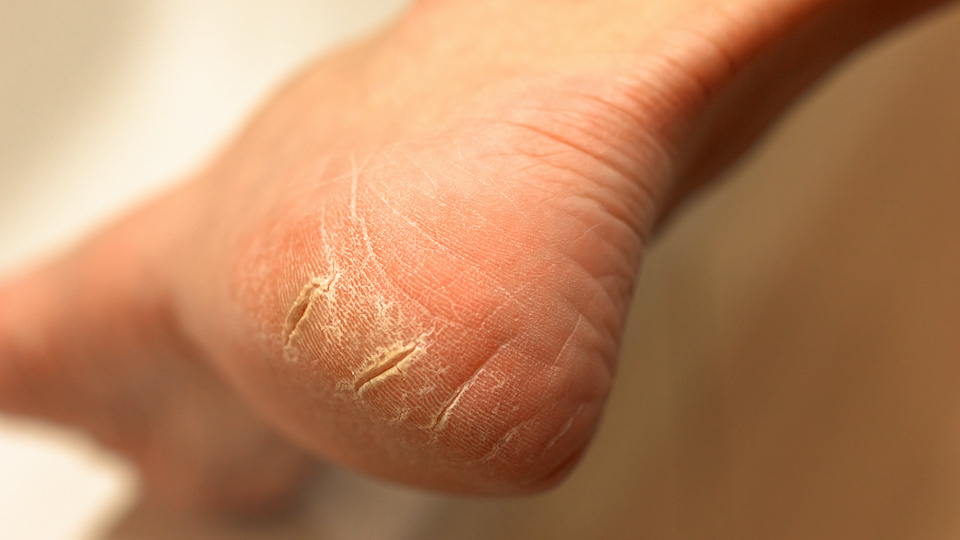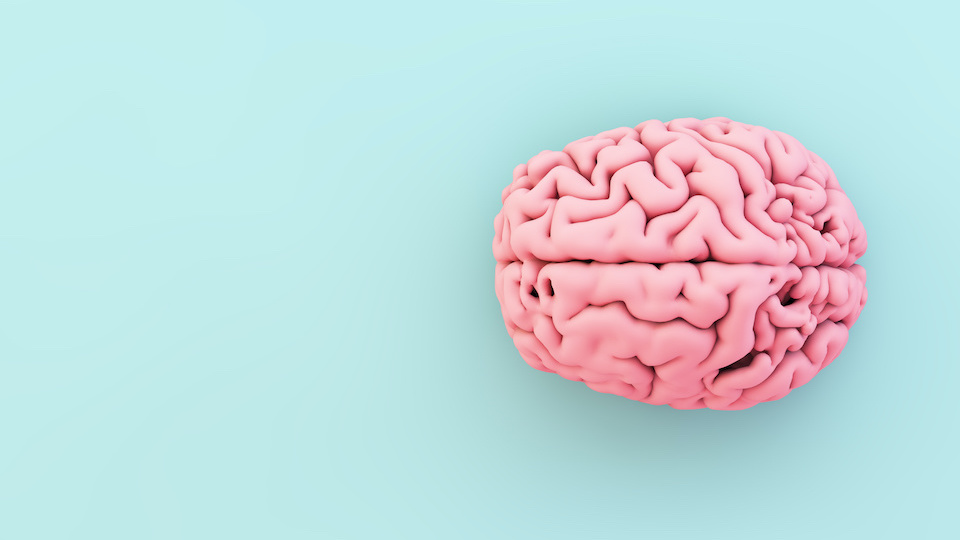The title of today’s article brought me back to 1986, and the iconic collaboration between Aerosmith and Run-DMC on the song Walk This Way. Here we are 33 years later in 2019, and a book was just released last month about how that song changed American music forever.
We all know that walking is good for the body, but did you know that walking a particular way is really good for the brain? Researchers have determined that walking backward can recharge a lazy memory.
If you have misplaced your keys, for the third time today, can’t remember why you walked into your bedroom or forgot an important appointment, it might be time that you start walking for your memory.
A study published in Cognition has found that people who practice walking backward, imagined they were walking backward or watched a video simulating backward motion boosted their recall potential compared to those who walked forward or sat still.
Why walking backward helps memory is a mystery
Researchers are not quite sure why backward movement helps with memory. It might be that the motion of physically going backward simulates going back in time and this triggers the memory. More research is needed in order to determine the reasons why this method of memory recall seems to work.
Previous studies show a link between motion and memory
The motivation to conduct the study came about because there have been some past studies that found a connection between motion and memory. For the recent study, 114 people took part in six different memory experiments. In the study participants were shown a video of a staged crime, a word list, and a group of images. They were asked to walk forward, walk backward, sit still watch a video that simulated forward or backward movement, or imagine walking forward or backward.
In five out of the six studies conducted, people who were moving backward thought about moving backward or watched a video with reverse motion were able to recall the information they had been shown compared to those who were sitting still. The memory boost from backward motion lasted 10 minutes after people stopped moving.
Age and other factors did not impact memory recall after backward motion
Participants watched a video of a woman who was sitting in a park and had her bag stolen. Researchers assessed how well people could answer 20 questions related to the crime, depending on the direction they moved or if they sat still. People who walked backward were able to answer more questions correctly, regardless of their age or other factors.
More research needed
Study leaders note that more research is needed to fully understand why the backward motion technique works to improve memory and also whether motion-based memory aids could be useful with older adults or those suffering from dementia.
The findings suggest that this motion strategy might be a means of helping people better recall past events.
In the meantime, walk backward and see for yourself
If you are struggling with lost keys perhaps taking a few steps backward will help you find them! Give it a try and see.
-The UpWellness Team









